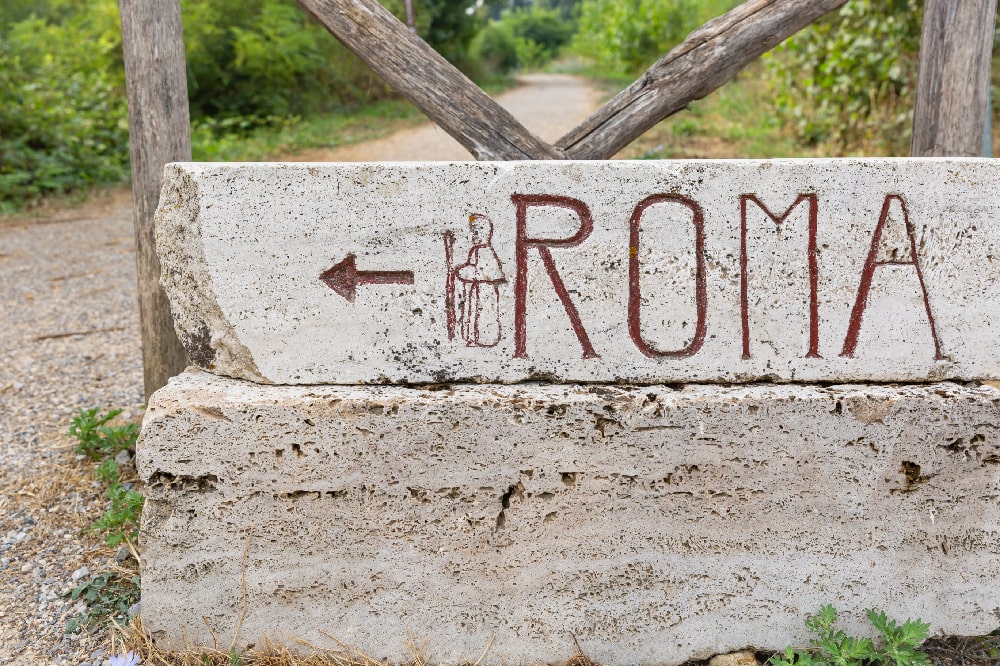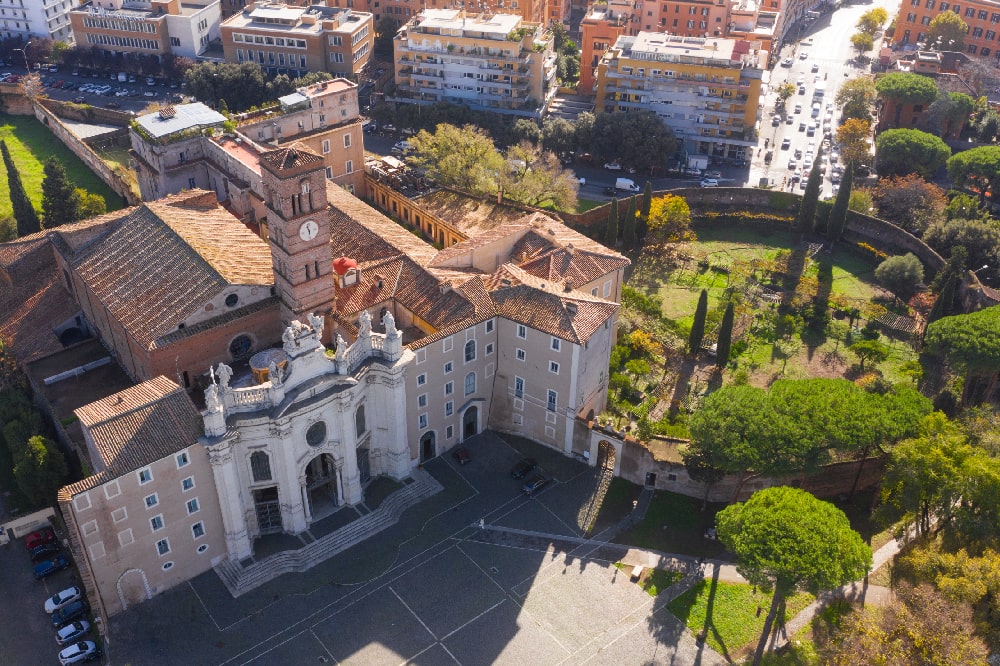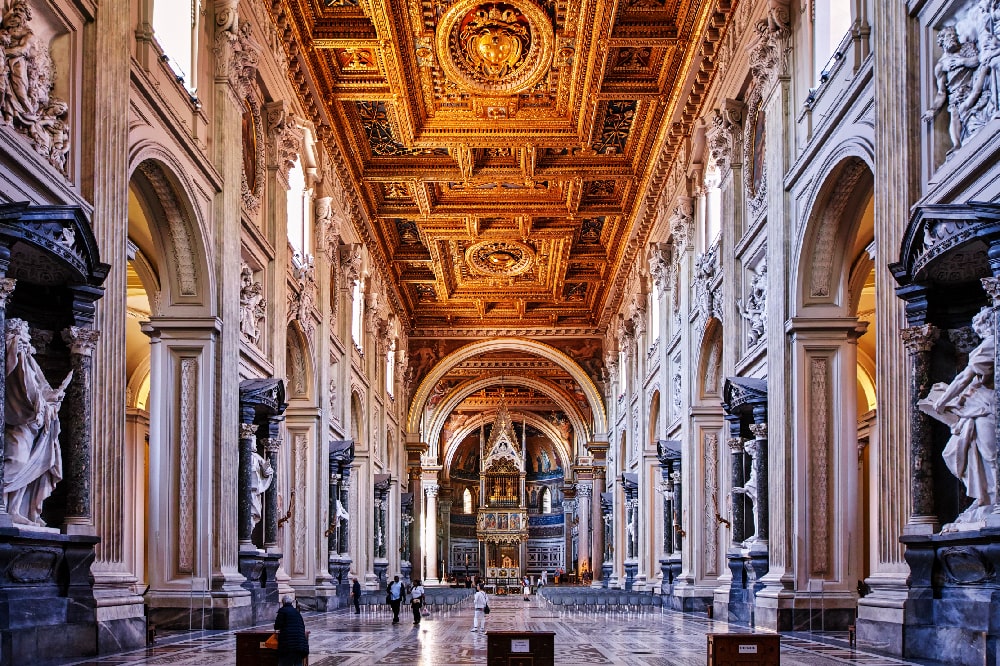Saintly pilgrims are saints for whom the experience of pilgrimage has been so significant that it became the very reason for their sanctity.
Contents
Who are the saintly pilgrims? The religious practice of pilgrimage has very ancient origins and has been a widely used tool of devotion and penance by Christians throughout history. Initially conceived as a conversion experience, pilgrimage urged the faithful to question their own lives, leaving behind everything known and certain, to journey as exiles and strangers to distant lands where sacred events had taken place, or to pilgrimage and worship sites. Hence the etymology of the word pilgrim, from the Latin peregrīnus, meaning “foreigner.” Consider, for example, those who travelled to the Holy Land to visit the places of Christ’s life and death.

The sanctuary of Our Lady of the Crown: a charming pilgrimage destination
The Sanctuary of Our Lady of the Crown is one of the most famous…
Later, pilgrimage became a penitential experience reserved for those who, especially among the clergy, committed infamous crimes. In the early Middle Ages, these individuals had to wander through inhospitable lands, barefoot and naked, often in chains, living on alms, following in the footsteps of Cain until they had atoned for their guilt in the eyes of God and men.
Subsequently, wandering without a specific destination, the desire to reach a particular sacred place or site of worship replaced it, and the pilgrim carried the signs of this destination. Distinctive features included a staff, a large and long stick with a curved handle used for support and assistance in walking, and a scrip, a small leather bag worn around the neck or on the belt, in which they placed their few belongings.
Over time, the two types of pilgrimage, devotional and penitential, increasingly overlapped and became more confused as pilgrimage sites multiplied: in addition to the Holy Land and Rome, many pilgrims chose Santiago de Compostela in Galicia, where it was said that the apostle James was buried, and then Canterbury.

5 places of pilgrimage to go to at least once in a lifetime
God’s action on this Earth leaves a strong mark that attracts us: here are five pilgrimages of faith…
If until the year 1000 pilgrimages were widespread but limited by the insecurity of roads and the uncertainty of times, after the Jubilee of 1300, desired by Boniface VIII, they became a common practice for all Christians.
But who were the main saintly pilgrims, and why do we remember them? It would be wrong to say that saintly pilgrims became saints only because they were protagonists of a pilgrimage. Rather, it is possible that pilgrimage allowed some of them to reveal their sanctity through thoughts and deeds. Let’s look at some of them.
Saint James the Greater
Saint James was one of the twelve apostles. He was also one of the three apostles who witnessed the Transfiguration of Jesus. Iconography depicts him with a staff, a bag, a pilgrim’s hat, and the scallop shell symbol of the Camino de Santiago, which all pilgrims had to collect on the beaches of Galicia to prove they had reached that far. Who better than him can personify the spirit of pilgrims, of whom he is the patron? Beheaded by Herod Agrippa, his remains were brought to the shores of Galicia, a place that later became known as “campus stellae,” “field of the star.” Many miraculous events occurred here, and the place became one of the major pilgrimage sites of the Middle Ages. Even today, thousands of pilgrims walk the Camino de Santiago to Compostela.
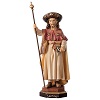
Saint Roch
Of French origin, Roch lost both parents at a very young age and decided to donate his possessions to the poor and embark on a journey as a pilgrim, heading to Rome. During the journey, he offered help and comfort to plague victims and the poor, gaining a reputation as a saint. Like Saint James, he is remembered not only as a saintly pilgrim but also among the saints to invoke in case of illnesses.
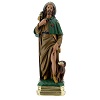
Saint Christopher
Also, Saint Christopher, the saint said to be a giant, is considered the patron saint of pilgrims and, in general, of all professions related to transportation, such as boatmen, commuters, porters, and railway workers. He is one of the fourteen Holy Helpers to invoke in the event of serious natural disasters or epidemics.

Saint Benedict Joseph Labre
Born into a very poor family, he was rejected by many monasteries before deciding to become a “Vagabond for God” and set out on a journey across Europe, visiting major shrines and preaching the Gospel in absolute poverty. Arriving in Rome, he lived for some time under an arch of the Colosseum, but then his health deteriorated, and he died at the age of 35. His reputation as a holy man was such that thousands of people attended his funeral.
Saint Gertrude of Nivelles
The patron saint of pilgrims, but also of cats (considered a protector against mouse invasions…), was of noble origin but entered a convent, renouncing marriage to King Dagobert II of Austrasia, and became an abbess. She greatly promoted culture and dedicated herself to evangelizing the Germanic lands.

Saint Bridget of Sweden
A Swedish mystic, patron saint of Sweden and co-patroness of Europe, she married and had eight children, but after becoming a widow, she devoted herself to the poor and needy, spending much time on pilgrimage to places hosting relics of saints, especially in Italy, and the Holy Land. She founded the Order of the Most Holy Savior and left many revelations received from Jesus, the Virgin Mary, and some saints.
Saint Bona
Patron saint of flight attendants and tour guides. Entering a convent as a child, at fourteen, she went to the Holy Land and later had a vision even in Santiago de Compostela. She dedicated her life to assisting pilgrims on their journeys, especially towards the Spanish sanctuary.
Saint Sebaldus
A Danish prince, he broke off an engagement with a princess after going on a pilgrimage to Rome, dedicating his life to evangelizing Franconia thereafter. Buried in Nuremberg, a city of which he is the patron, he is often depicted with a staff, a rosary, and the scallop shell. His tomb soon became a pilgrimage site.

The shrines of Saint Michael the Archangel: pilgrimage destinations to discover
With its apparitions and shrines, Saint Michael the Archangel…

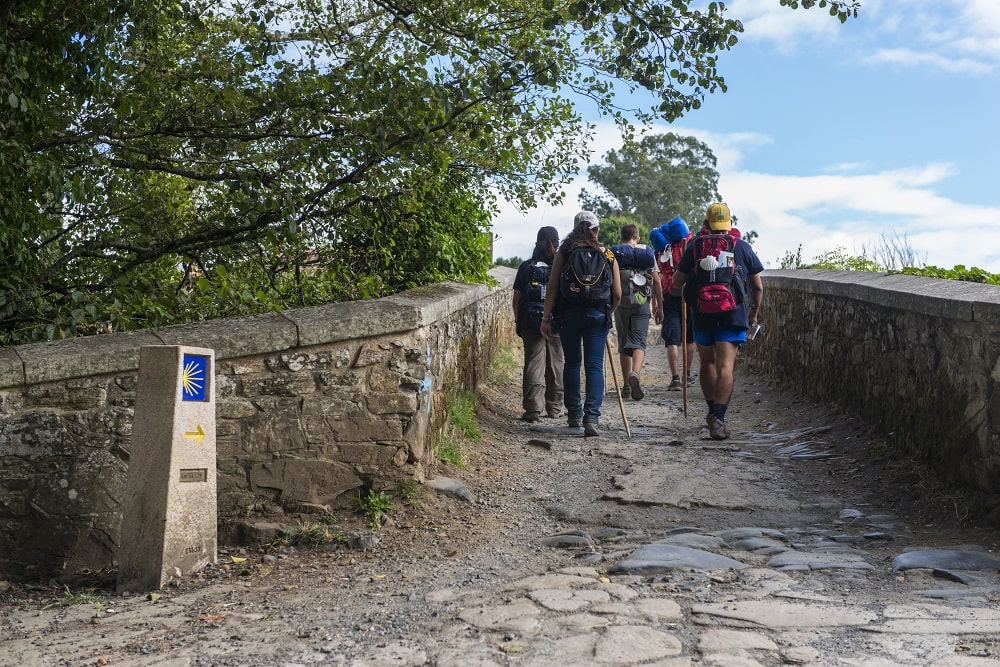

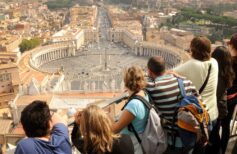



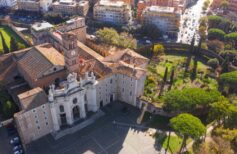
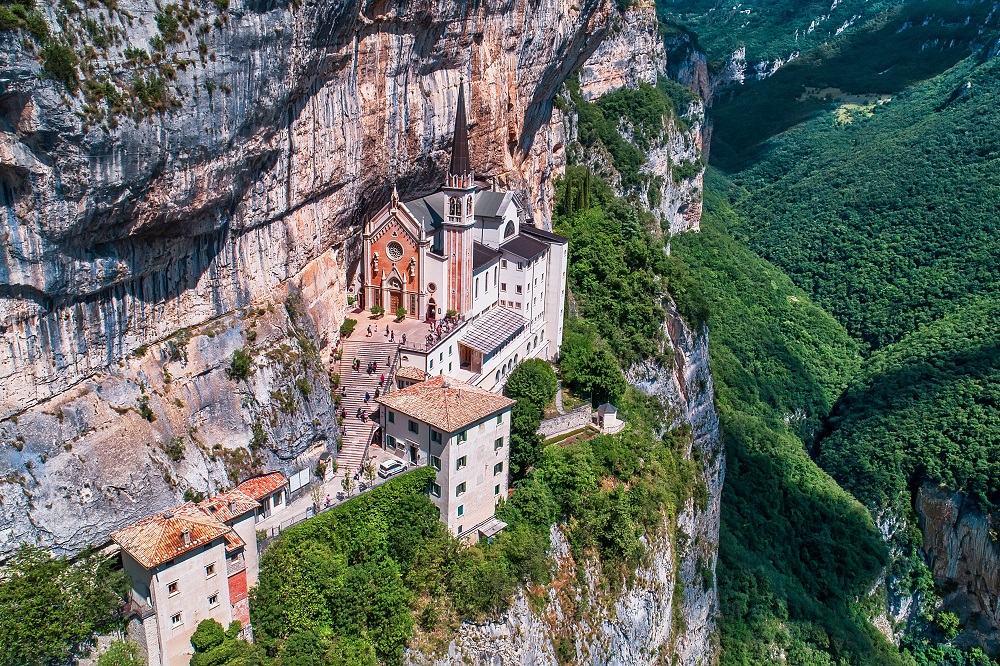









 5 June 2024
5 June 2024
